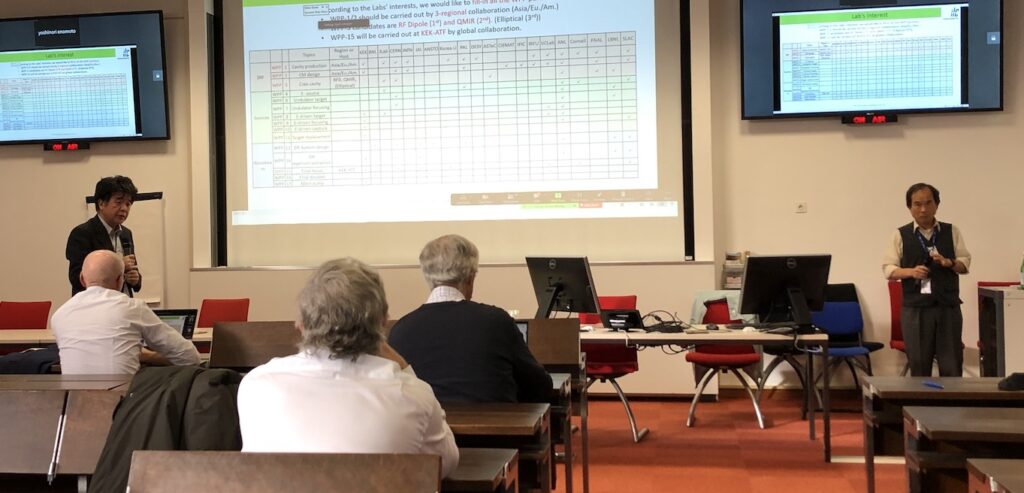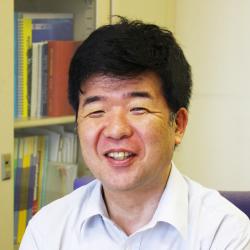
In the International Development Team’s (IDT) Working Group 2 about ILC accelerators there are about 50 accelerator researchers. A total of 18 work packages have been proposed in five accelerator fields for R&D items and are summarised in the technical proposal document. There are three work packages on the main linac and superconducting radio frequency fields, eight work packages in the area of the electron-positron source, three work packages for the damping rings, two in the beam delivery system and two on the beam dump. The technical proposal document was discussed by a review committee chaired by Tor Raubenheimer from SLAC National Accelerator Laboratory. These WPs will be shared internationally as an in-kind contribution.
In 2022, we compiled these items into 15 work packages (WP), especially the most time-critical and important items from this list. These are called Time-critical WPs and are extracted from the Pre-lab WPs as WP-prime. The entire cost is expected to be $14M, and 120 FTEs. The framework for implementing the WPP is called the ILC Technology Network (ITN), a new framework aimed at promoting research and development for the ILC, and the Information Meeting held at CERN in October was the first opportunity to hear what the participating accelerator institutes in the WPP are interested in doing. The broad framework is divided into superconducting radiofrequency (SRF), the particle source, and the nanometer-level beam, each of which includes important technology development items not only for the ILC but also for advanced accelerators. For example, SRF is an essential technology for high-energy and high-current beam acceleration due to its excellent power efficiency, and in the coming years, it is expected to be applied to industrial and medical applications. Also, particle sources, such as polarized electrons and positrons, are used to search for physical properties, and targets that produce positrons share the same technology for producing high-power secondary particles (including neutrons). Nanobeam technology to obtain a high beam quality is also expected to have broad applications, including synchrotron radiation technology, microbeam development for use in industrial medical applications, and beam tuning technology including machine learning
I believe that the framework of the ITN for international collaboration is attractive not only for laboratories interested in the ILC, but also for laboratories around the world that are developing advanced accelerators. We were pleased to see the participation of many laboratories and their interest in the various work packages. We will now begin the process of matching the interests of each institute with the work packages to be implemented by the ITN.
The ILC is a global project to be implemented through global collaboration, and the ITN, although smaller in scale, is also seeking results through global collaboration. In the ITN, there is great value not only in the technical results, but also in the fact that the project will be implemented through collaboration among research institutes around the world.
Approximately 28 research institutes participated in this ITN meeting, which I felt was a very effective opportunity to kick off the network. We made a list of WPPs that each laboratory has expressed interest in, and each laboratory will be asked to confirm this list and send a name of the contact person from their lab for each WPP. If necessary, members of IDT-WG2 will explain the details of the WPP and move on to a discussion of which parts of the WPP they might be willing to take on. Coordination will be necessary to avoid overlap in the WPP and still be able to meet the interests of each lab. Besides the technical aspects, it would also be essential for the IDT’s executive board to coordinate the whole process. We would then proceed with the necessary procedures for MoU with KEK and labs around the world (if necessary). It was a very good meeting that gives us hope for the global expansion of the ITN.


Recent Comments